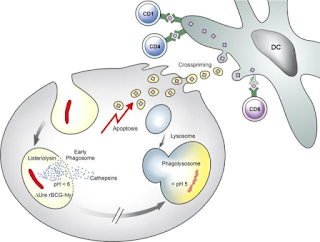Zika Virus
Greetings
The best part of 2016 as of yet, is that the Ebola epidemic which is more than a year long, the worst among all previous Ebola spread looks like is over and currently not reporting any new cases. If the situation remains stable, WHO will declare the epidemic to be officially over in another couple of weeks. The sad part, blood-based Ebola therapy trial results is not promising. And the worst part is, there appears to be an increasing number of cases of a rare virus infection- Zika Virus.
 |
| Fig 1: Documented ZIKV outbreaks. Source |
 |
Fig 2: States with laboratory-confirmed cases ZIKV
Brazil 2015. Data as on 23 November 2015.
|
 |
| Photo 1: A child with Microcephaly, mother diagnosed with ZIKV. Source |
There are a couple of things to note here. ZIKV is similar to dengue and antibodies are cross reactive thus making ELISA tests sometimes confusing. Currently, only genetic test is diagnostic. It should also be noted that currently ZIKV infection is in quite good number and hence it is statistically hard to tell the association. But the sudden 20 fold increase in cases is something that needs to be looked into. There is also a good chance that this virus is slowly migrating.
At this point many experts have commented that it is too early to suggest that ZIKV is behind the small brains.
At this point many experts have commented that it is too early to suggest that ZIKV is behind the small brains.
Duffy MR, Chen TH, Hancock WT, Powers AM, Kool JL, Lanciotti RS, Pretrick M, Marfel M, Holzbauer S, Dubray C, Guillaumot L, Griggs A, Bel M, Lambert AJ, Laven J, Kosoy O, Panella A, Biggerstaff BJ, Fischer M, & Hayes EB (2009). Zika virus outbreak on Yap Island, Federated States of Micronesia. The New England journal of medicine, 360 (24), 2536-43 PMID: 19516034
Roth A, Mercier A, Lepers C, Hoy D, Duituturaga S, Benyon E, Guillaumot L, & Souares Y (2014). Concurrent outbreaks of dengue, chikungunya and Zika virus infections - an unprecedented epidemic wave of mosquito-borne viruses in the Pacific 2012-2014. Euro surveillance, 19 (41) PMID: 25345518
Campos GS, Bandeira AC, & Sardi SI (2015). Zika Virus Outbreak, Bahia, Brazil. Emerging infectious diseases, 21 (10), 1885-6 PMID: 26401719





Comments
Post a Comment